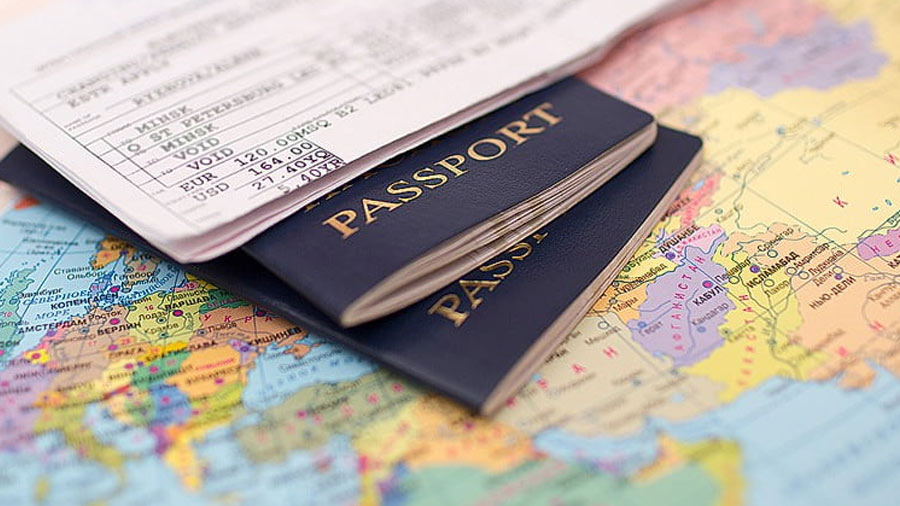China Adopts New Trademark Law
Sept. 11 – After discussions and consultations for nearly 10 years, China’s National People’s Congress finally passed the “Decision on Revising the Trademark Law of the People’s Republic of China (hereinafter referred to as ‘Decision’)” on August 30, which adopts the third amendment to the country’s Trademark Law. The Decision is scheduled take effect on May 1, 2014, and has brought significant changes to the country’s current Trademark Law.
The Decision has made 53 revisions to the current Trademark Law in the following five areas:
- Adding provisions regarding the trademark review period;
- Improving the opposition system for trademark registration;
- Regulating the protection system for well-known trademarks;
- Strengthening the exclusive rights protection of trademarks; and
- Regulating the activities of trademark agencies.
Detailed information can be found below.
Adding provisions regarding the trademark review period
The revised Trademark Law has, for the first time, specified the relevant periods for trademark review, providing:
- The period for the initial examination for trademark applications shall be no longer than nine months;
- The period for raising oppositions after the publication of the trademark is three months;
- The period for investigation and verification shall be no longer than 12 months;
- The period for the Trademark Review and Adjudication Board to review and make decisions on the rejection of an application or refusal of publication rendered by the Trademark Office shall be no longer than nine months; and
- The period for reviewing the opposition case where the Trademark Office finds the opposition is tenable shall be no longer than 12 months.
The time limits provide a legal basis for the country to build up an efficient trademark registration system. However, the above-mentioned periods may be expanded upon approval from the State Administration for Industry and Commerce if special circumstances arise.
Improving the opposition system for trademark registration
Under the current Trademark Law, anyone can oppose a preliminary approved trademark. Especially, where an opposition is filed against a preliminarily approved and published trademark, the Trademark Office shall render a ruling upon investigation and verification. If the party concerned is dissatisfied with the decision, the party may apply with the Trademark Review and Adjudication Board for re-examination. If a party concerned is dissatisfied with the decision of the Trademark Review and Adjudication Board, the party may file a lawsuit before a people’s court.
This existing opposition system has proven to be complicated and time-consuming, and the revised Trademark Law simplifies the opposition system by allowing the Trademark Office to make a decision directly upon investigation and verification.
Moreover, in order to curb the bad-faith oppositions, the revised law stipulates that only prior right holders and relevant interested parties are allowed to file oppositions based on the infringement of prior rights.
Improving the protection system for well-known trademarks
With the view to regulate the protection system for well-known trademarks, the revised Trademark Law explicitly states that the recognition of well-known trademarks shall follow the “passive identification on a case by case basis” principle, meaning the recognition of well-known trademarks shall be conducted by the competent authorities only at the request of a trademark holder in a trademark case.
Moreover, the revised Trademark Law forbids the use of “well-known” wording on products, product packages, advertisements, exhibitions or other promotional activities, thereby preventing companies from enhancing the recognition of their products by taking advantages of others’ branding. The local administration authority of industry and commerce may order a rectification and impose a fine of up to RMB100,000 for each violation.
Strengthening the exclusive rights protection of trademarks
The revised Trademark Law has added provisions regarding punitive damages, providing that where the elusive rights of trademarks have been infringed upon in bad faith, the amount of actual damages for such infringements can be up to three times the benefits gained by the infringer or the losses suffered by the rights holder.
The revised law also improves the maximum amount of statutory damage from RMB500,000 to RMB3 million, and specifies that statutory damage is applicable when the actual damage is difficult to determine.
Regulating the activities of trademark agencies
The revised Trademark Law provides that the trademark agencies shall inform their clients if the trademark they apply for cannot be registered according to relevant laws and regulations; moreover, such agencies are not allowed to accept entrustment if they know, or should know, that their clients are conducting a malicious registration or infringing upon others’ trademark rights.
Trademark agencies will face a fine up to RMB100,000 for each violation, and such violations will be recorded in a credit file system by the industrial and commercial authorities. Moreover, those involved in serious cases will have their businesses suspended.
Dezan Shira & Associates is a specialist foreign direct investment practice, providing corporate establishment, business advisory, tax advisory and compliance, accounting, payroll, due diligence and financial review services to multinationals investing in emerging Asia.
For further details or to contact the firm, please email china@dezshira.com, visit www.dezshira.com, or download the company brochure.
You can stay up to date with the latest business and investment trends across China by subscribing to Asia Briefing’s complimentary update service featuring news, commentary, guides, and multimedia resources.
Related Reading
 Intellectual Property Rights in China (Second Edition)
Intellectual Property Rights in China (Second Edition)
From covering protocol for dealing with trade fairs, to the application processes for trademarks, patents, copyright and licensing, as well as dealing with infringements and enforcement, this book is a practical reference for those concerned with their IPR in China.
Second Draft Amendment to China’s Trademark Law Sent to NPC for Review
China to Further Strengthen Intellectual Property Rights Protection
China Releases Intellectual Property Plan for Strategic Emerging Industries
China Revises Computer Software Copyright Protection Regulations
China Overtakes U.S. as the World’s Largest Filer of Patents
Injecting Machinery and IP into China as Registered Capital
- Previous Article China Relaxes Foreign Investment Rules for Shanghai Free Trade Zone
- Next Article Setting Up a Wholly Foreign-Owned Enterprise (WFOE) in China



























